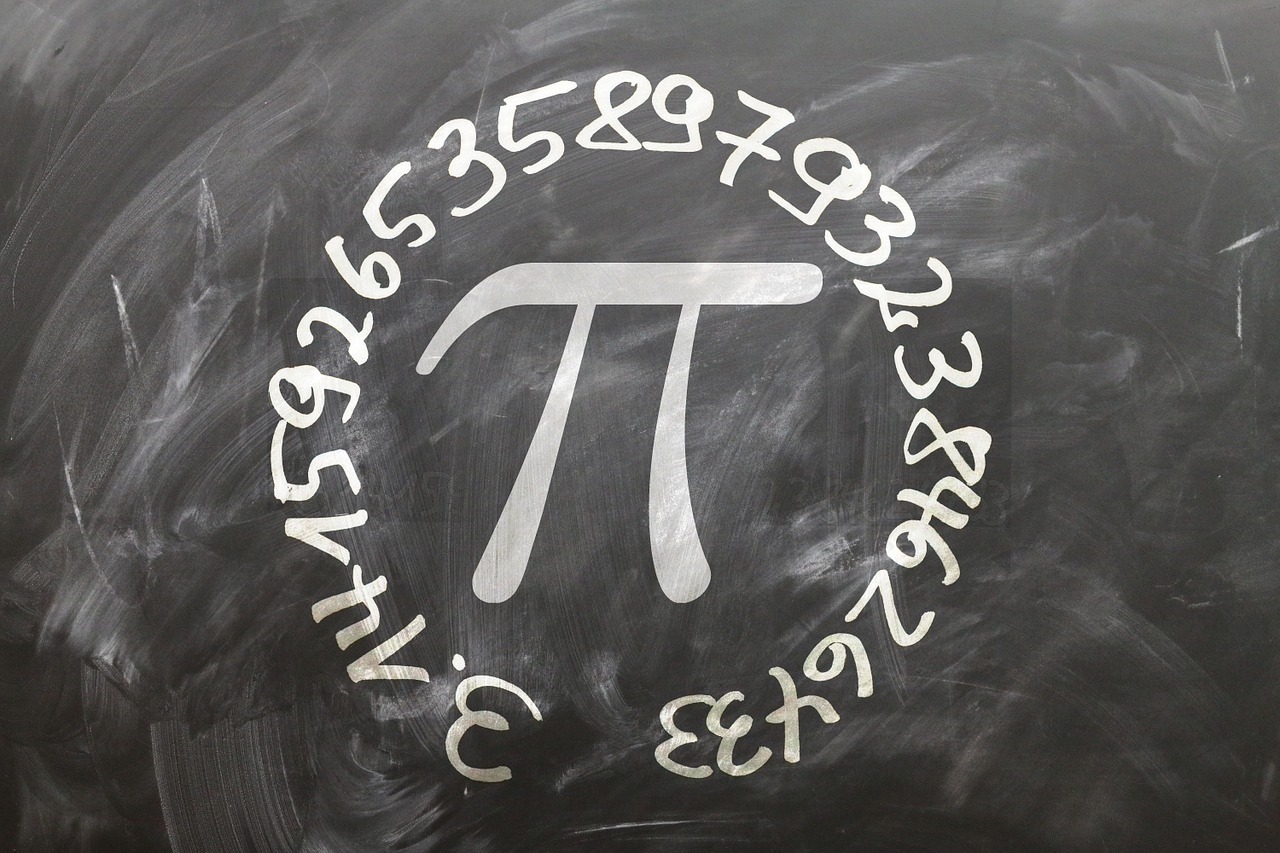
Pi (π) is the mathematical symbol used to represent the ratio of the circumference of a circle to its diameter. Or, alternatively, it is how many diameters fit around the periphery of a circle. For at least 4,000 years, people have wondered about the exact value of pi. The Ancient Chinese used three, the Babylonians 3.125, and the Egyptians 3.16049. The reality is that pi’s value is fundamentally unknowable. Beyond the decimal point, its digits march on all the way out to infinity. Not only does this make pi an enigmatic number; historically, it has been a shocking one too. Theologians, not surprisingly, were horrified at the idea of a number that was unknowable even to God.
In modern times, finding a record number of digits of pi has become a computational sport – a convenient measure of the number-crunching power of our cutting-edge computers. The newest record holder, announced in August, is a supercomputer used by Swiss researchers to obtain an astonishing 62.8 trillion digits of pi. The machine, at the Graubünden University of Applied Sciences in Chur, laboured for 108 days and nine hours. Though a marathon computation, it took only a third of the time taken to obtain the 50 trillion digits of the previous world record holder.
Pi is not only a mathematical curiosity. It pops up in all formulae that describe circles wherever they appear in nature: in the spiral double-staircase of DNA, on the surface of the Sun, and, remarkably, even in the meandering of streams and rivers. What all of these things have in common is that they are cycles in space. But pi also pops up in cycles in time: in heartbeats and in all kinds of waves, from ripples on a pond to the electromagnetic waves that carry phone, radio and TV signals around the world. And because the “quantum” realm which underpins our world is wave-like, pi even appears in the famous Heisenberg uncertainty principle, which describes the fundamental fuzziness of the submicroscopic universe – how, like a grainy newspaper photograph, it dissolves into nothingness when looked at too closely.
Pi is so fascinating to some that there is even a Pi Day to celebrate the myriad wonders of the number. It was inaugurated in 1988 by physicist Larry Shaw of San Francisco’s Exploratorium science museum. Dubbed the “Prince of Pi”, he chose 14 March because Americans abbreviate pi as 3.14, its first three digits. Albert Einstein was born on Pi Day, while Stephen Hawking died on it. A very special Pi Day was 14 March 2015, or 3.14.15, which encapsulates the first five digits of pi. For most of us, it was a once-in-a-lifetime day – though not of course for those who are currently over 100 or who will live to be over 100.
Gregory Chaitin vs. pi
Interestingly, although pi goes on forever, its digits never repeating, it is not the most complicated number imaginable – at least according to algorithmic information theory. This mathematical field, developed by a 15-year-old Argentinean-American called Gregory Chaitin, equates the complexity of a number with the length of the computer program – written in the 0s and 1s of binary arithmetic – needed to generate it. Pi requires a relatively short computer program to create, and so, by this measure, is not a very complex number. By contrast, omega (Ω), otherwise known as “Chaitin’s number”, requires an infinitely long computer program. Incapable of being summarised by, or compressed into, fewer digits than its actual length, it makes pi appear a mere pipsqueak.
But this does not lessen people’s fascination with pi. One person captivated by the number was Carl Sagan, the American planetary scientist and science populariser. In the movie of his novel Contact, Eleanor Arroway, played by Jodie Foster, finds a message embedded in the digits of pi, left by a super-civilisation responsible for constructing our Universe: a string of 1s and 0s that, when assembled into a grid, depicts… a circle!
Actually, because pi goes on forever, literally any string of numbers will eventually crop up. Sagan was well aware of this, which is why the string of 1s and 0s found by Arroway appears early on in the sequence of digits, left there in order to be easily discovered by the human race.
But pi is a purely mathematical number, defined with no reference to physical reality, and so cannot be adjusted through any scientific advance – not even by a super-civilisation of highly intelligent aliens. The irony is that Sagan, who was an atheist, was describing something that could only be achieved by a Supreme Being!
This piece is from the New Humanist winter 2021 edition. Subscribe today.

